Outside the box: Gwenaël Nicolas delivers thrills at Dolce & Gabbana’s Milan flagship
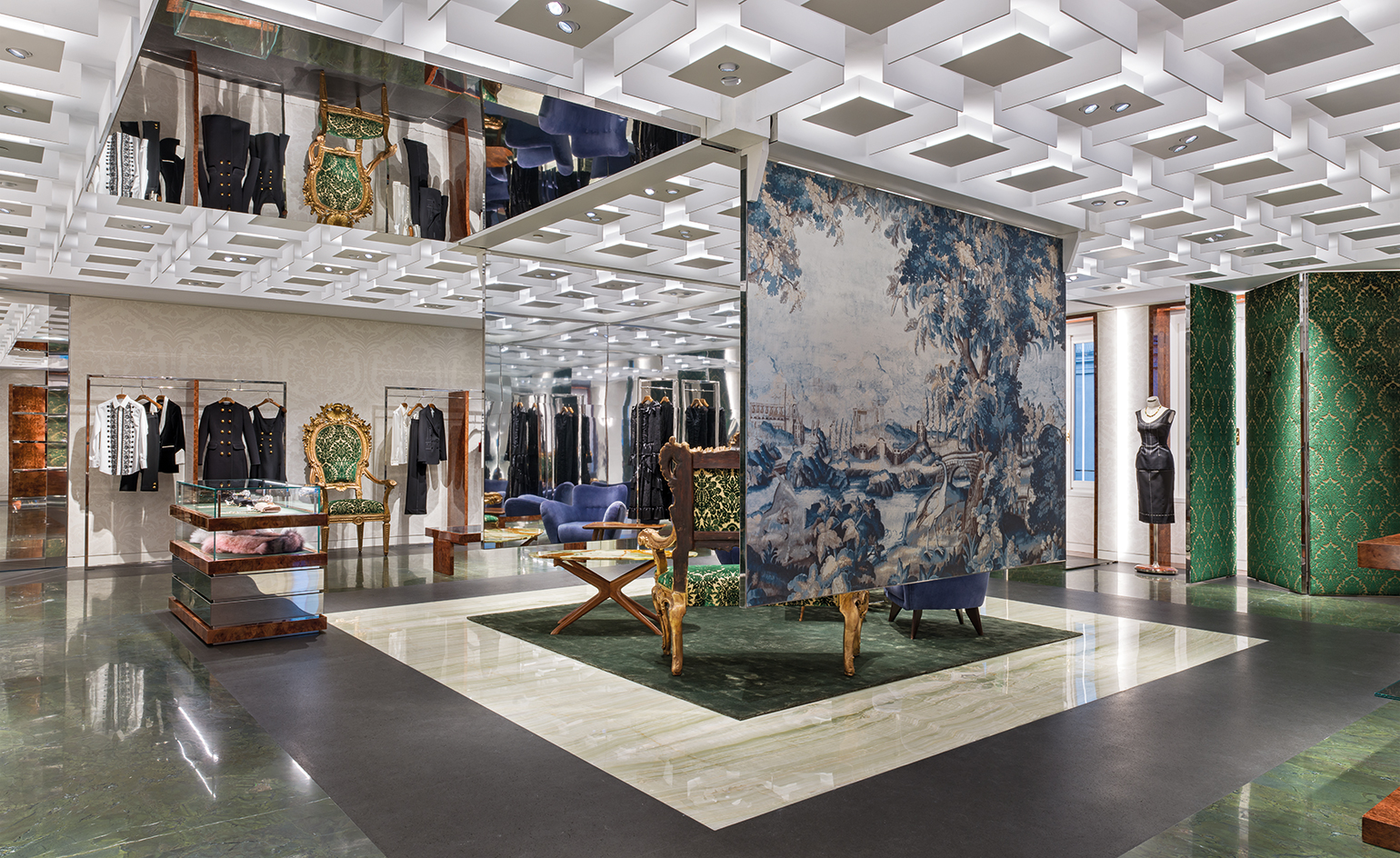
Domenico Dolce and Stefano Gabbana are finished with fashion’s ‘consistency counts’ concept store philosophy. Although it’s been the reigning retail strategy for the Milan-based designers and the majority of luxury brands over the past two decades, the idea of creating a single interior look, Xeroxing it and pasting it onto 300 cities across the world is resulting in colossal boredom among customers corralled into identikit streets.
‘Everything changes, we change – change is a constant element in everyone’s life,’ says Gabbana. ‘The moment came for us, as well, [to create a] new selling strategy that would meet the wishes of our clients, passionate travellers always looking for something new and marvellous according to the city or country they are visiting.’
Consequently, the designers have embarked on an ambitious overhaul of shops in 12 cities across the globe, from London to Los Angeles and Dubai to St Barts, with different architects creating eye-popping looks for each location.
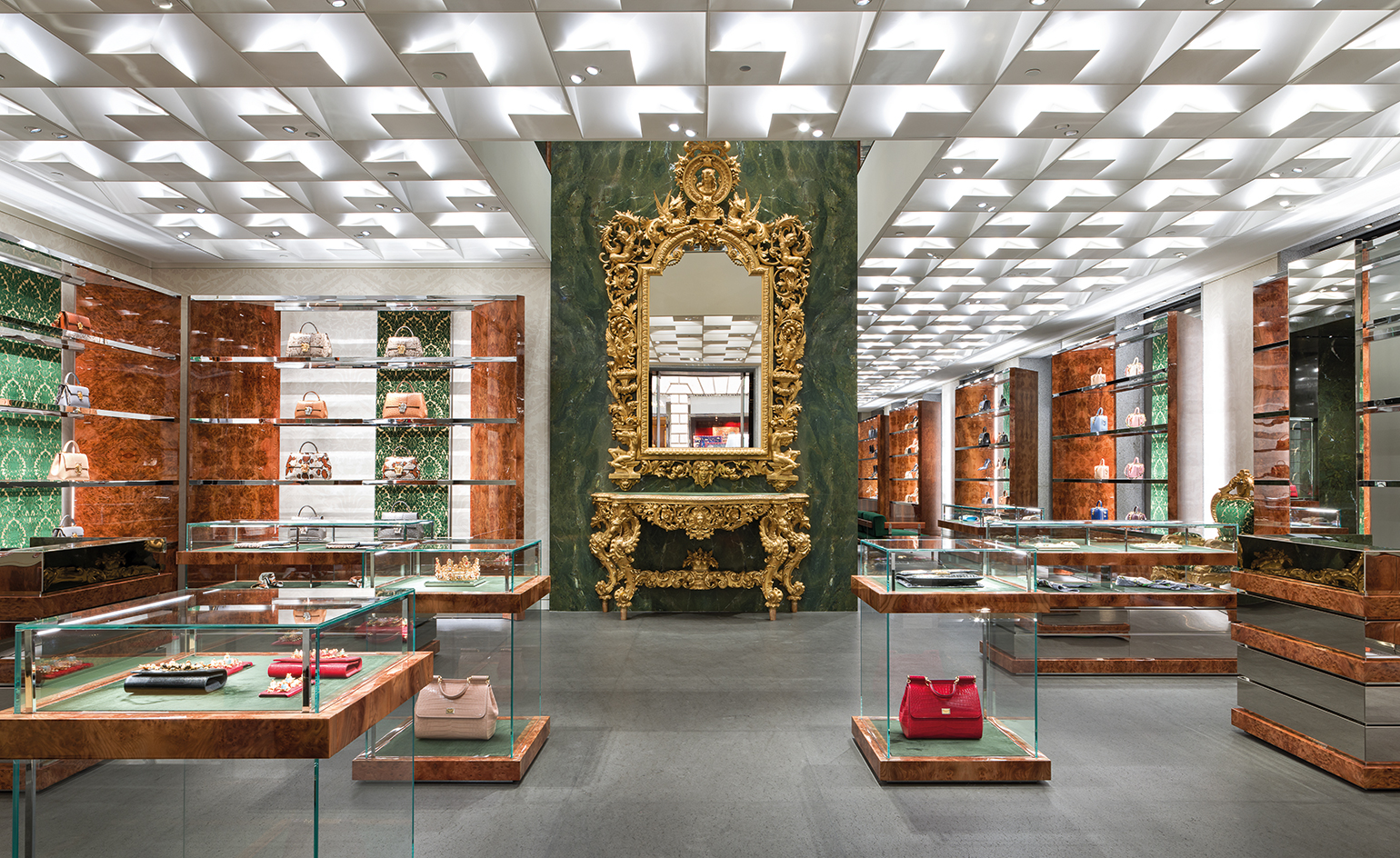
A vast 18th-century gold-leaf mirror greets visitors as they enter
For their home town of Milan, where the duo debuted their Sicilian-singed, sexy clothing more than 30 years ago, the flag had to be particularly big and planted high up in the sky over the city’s fanciest street, via Montenapoleone. To aid in the effort, they chose French-born, Tokyo-based architect Gwenaël Nicolas for the project, who has also conceived a dramatic space and a pop-up-theatre-like experience for Dolce & Gabbana’s Tokyo store, revealed in August.
In Milan, things are less radical but still highly impactful. The shop unfolds within a magnificent three-storey, 18th-century stone palazzo, which Nicolas cut a hole right through to create 8m-high ceilings. He then cleared his mind of the brand’s standard props and decorative extravagance. Across all 1,600 sq m of selling space, he swept away the sinister black-lacquered furniture, the sugary Sicilian treats, the heavy décor and the red velvet boxing. In their place is a pristine aesthetic language based on pure, clean lines that creates a space as sacred as an art gallery. ‘I wanted it to be like a modern museum, not a shop,’ the architect says. ‘When Renzo Piano makes a museum he creates a skin, a beautiful context. If you were to remove all of these furniture cases, you could put a Richard Serra sculpture here and it would be totally appropriate.’
Although Nicolas has rinsed Dolce & Gabbana’s shop of its usual starlet make-up, he has honoured and elevated the brand’s rich iconography, finding fresh visual cues. Upon entering, visitors are met by a mammoth 18th-century gold-leaf mirror and matching side table, so gigantically proportioned and classically Sicilian that they could belong to no other brand. The rest of the shop is peppered with similarly exquisite baroque treasures, all fished out of private homes in Sicily, along with original chairs, loveseats and armchairs by Gio Ponti and Ico Parisi.
‘Domenico kept telling me, “You do your thing, we’ll do our thing,”’ Nicolas says. ‘He really likes this idea of mixing the Sicilian baroque with the clean lines of modernism.’ Indeed, the store has a midcentury, straight-edged restraint, helped along by organic materials – briarwood furniture, lava rock floors, mesmerising green marble and pale green onyx – which are given space to breathe and emit their energy.
In many ways, the shop is like a forest of stone and wood, with its natural palette of brown and green. A golden-hued, varnished briarwood was chosen for the shelving, seating units, closets and furniture cases, which contrasts with the lush Brazilian Turtle Green marble that wraps walls and staircases with a controlled exuberance. Lava rock creates a smooth floor of cool, neutral stone and feels like a carpet underfoot, while Dolce & Gabbana’s signature damask has been reconceived in green and used on the walls. Upstairs, in a fine jewellery salon, an entire room has been crafted from a wavy-lined, sea-green onyx that creates the feeling one is entering a shimmering jewellery box. ‘The materials themselves are all very baroque,’ Nicolas says. ‘They are twisted, full of life, alive with motion. It’s like seeing emotion frozen in time.’
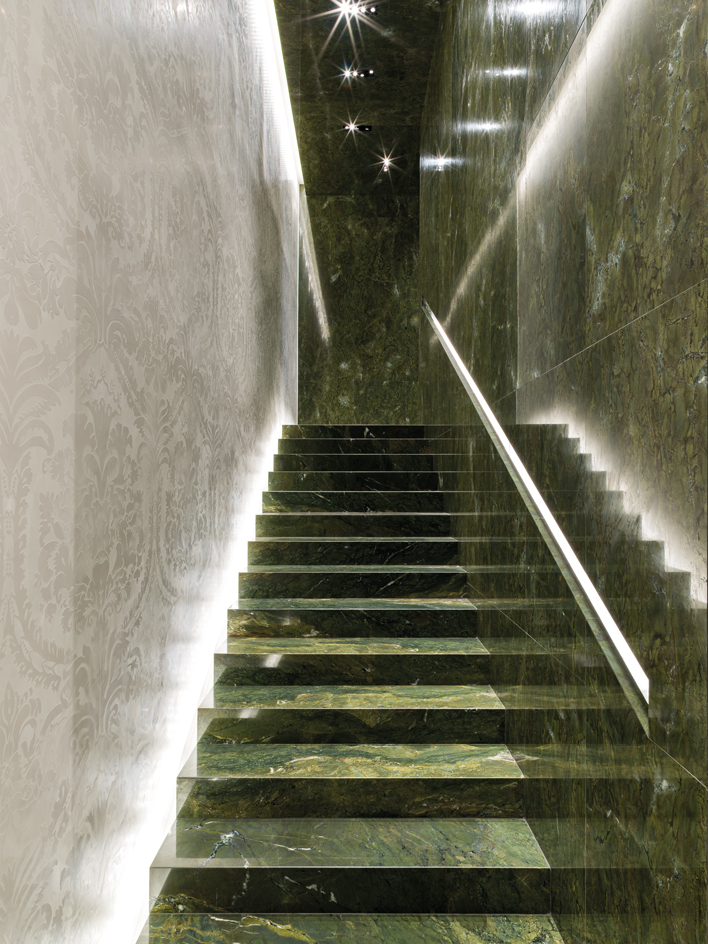
Brazilian turtle green marble covers walls and staircases
Adding to their surreal, shadowless effect is a lighting installation by Barbara Balestreri, who designed a carpet of small lights overhead covered by what look like fluttering handkerchiefs. ‘You feel you’re wrapped in a golden glow of light,’ Nicolas says.
A special VIP room has a series of doors that open up like a 1970s American game show to reveal mirrored cabins. And in the centre of the room is a giant box covered in an 18th-century tapestry print; with the touch of a remote control, all four sides of the box rise up to uncover a hidden sitting area. ‘It’s meant to be a living room that welcomes the clients to then unravel the collection as the box opens,’ Dolce says.
‘If we keep fashion just as fashion, we’ll go nowhere,’ Nicolas adds. ‘Most brands just try to pack every inch with product, but then everything looks small and crowded. When you walk into this space, you think, oh, my God, I’m in a different dimension.’
As originally featured in the November 2016 issue of Wallpaper* (W*212)
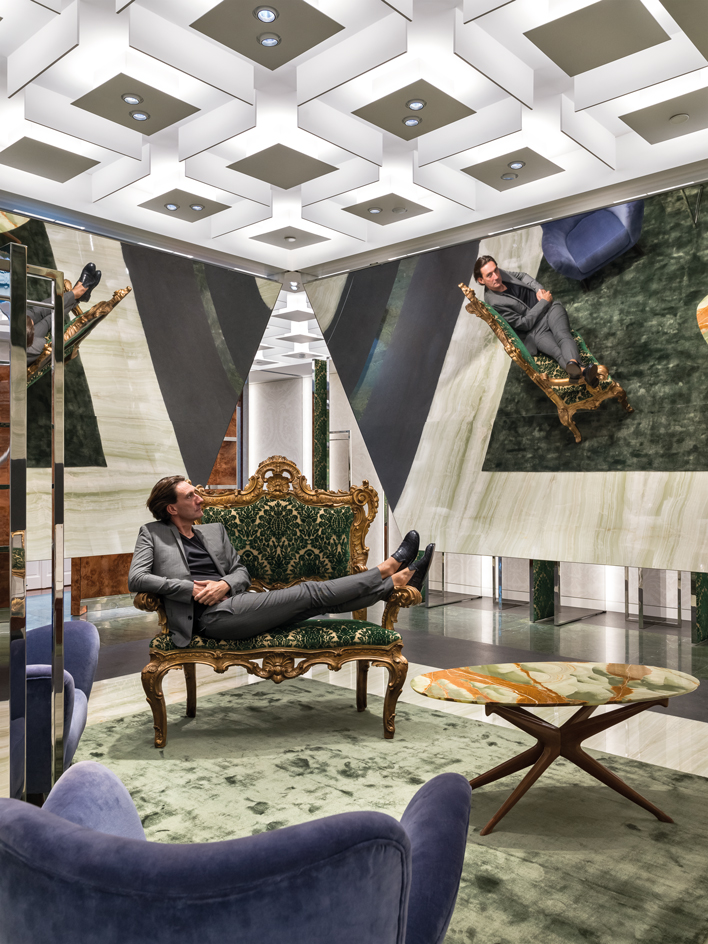
Architect Gwenaël Nicolas inside the hidden VIP sitting area; the lighting installation was designed by Barbara Balestreri
INFORMATION
For more information, visit the Curiosity website and the Dolce & Gabbana website
ADDRESS
Corso Venezia, Milan, 20121
Wallpaper* Newsletter
Receive our daily digest of inspiration, escapism and design stories from around the world direct to your inbox.
JJ Martin
-
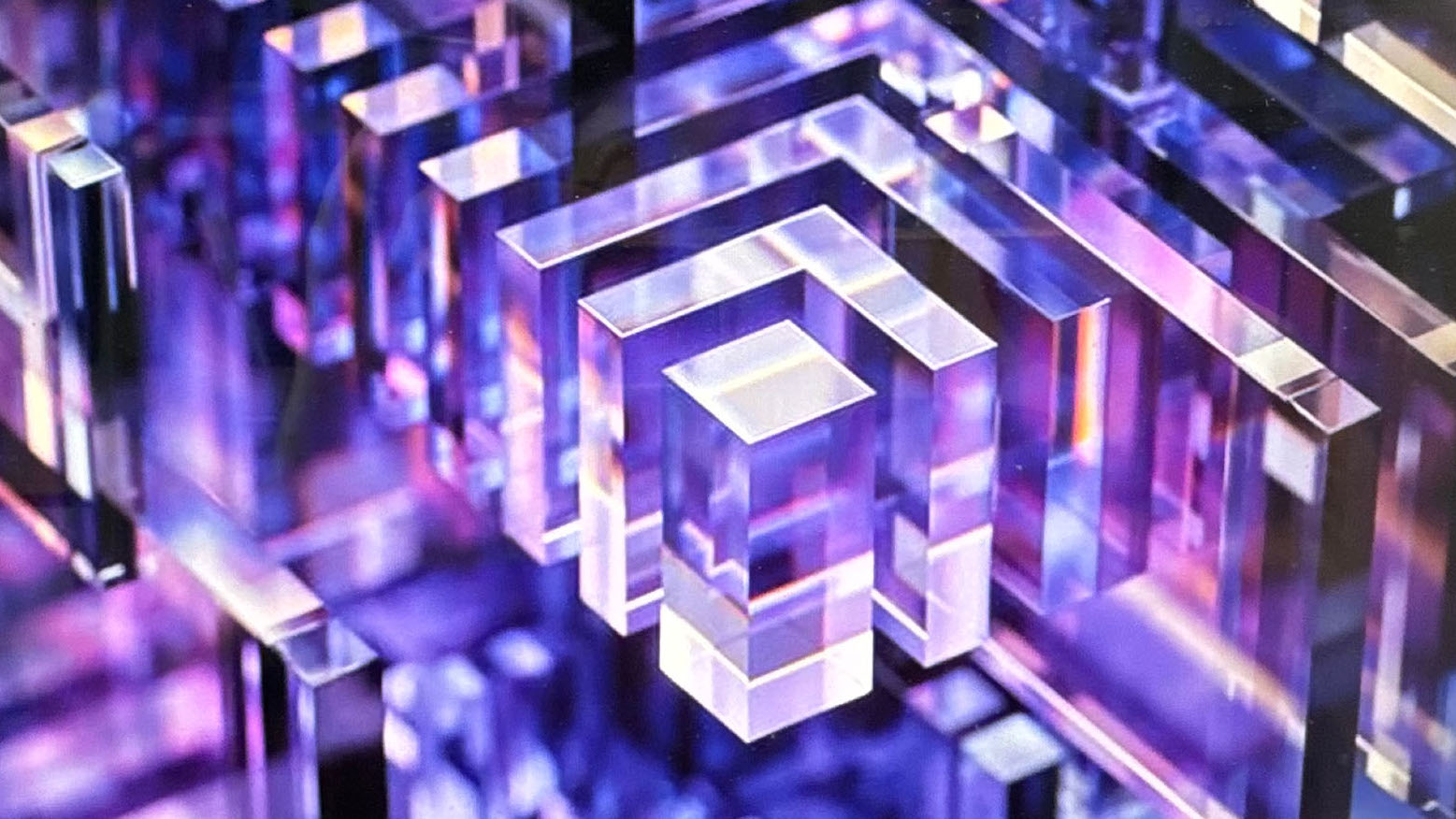 Microsoft vs Google: where is the battle for the ultimate AI assistant taking us?
Microsoft vs Google: where is the battle for the ultimate AI assistant taking us?Tech editor Jonathan Bell reflects on Microsoft’s Copilot, Google’s Gemini, plus the state of the art in SEO, wayward algorithms, video generation and the never-ending quest for the definition of ‘good content’
By Jonathan Bell
-
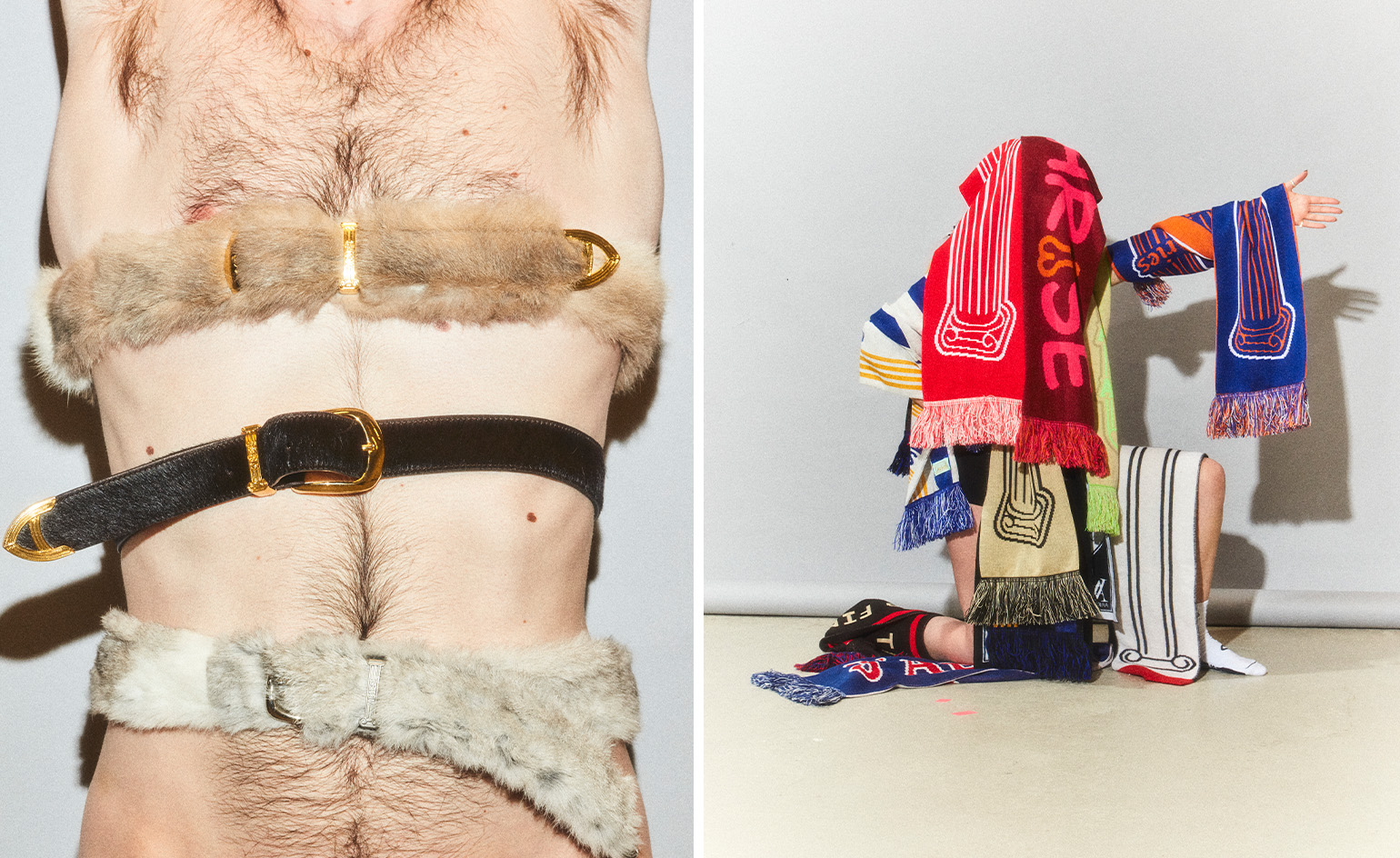 ‘Independence, community, legacy’: inside a new book documenting the history of cult British streetwear label Aries
‘Independence, community, legacy’: inside a new book documenting the history of cult British streetwear label AriesRizzoli’s ‘Aries Arise Archive’ documents the last ten years of the ‘independent, rebellious’ London-based label. Founder Sofia Prantera tells Wallpaper* the story behind the project
By Jack Moss
-
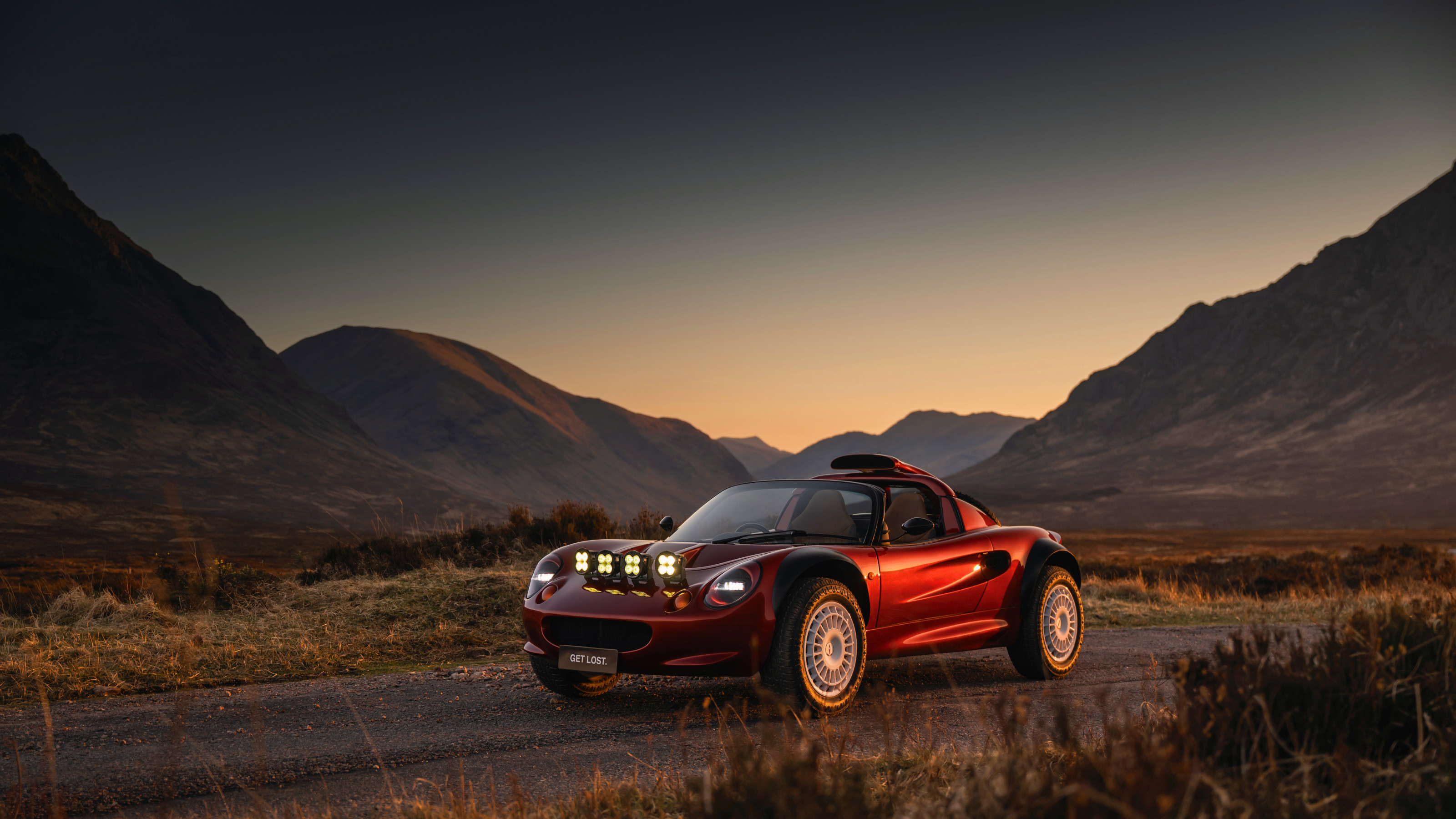 Head out to new frontiers in the pocket-sized Project Safari off-road supercar
Head out to new frontiers in the pocket-sized Project Safari off-road supercarProject Safari is the first venture from Get Lost Automotive and represents a radical reworking of the original 1990s-era Lotus Elise
By Jonathan Bell
-
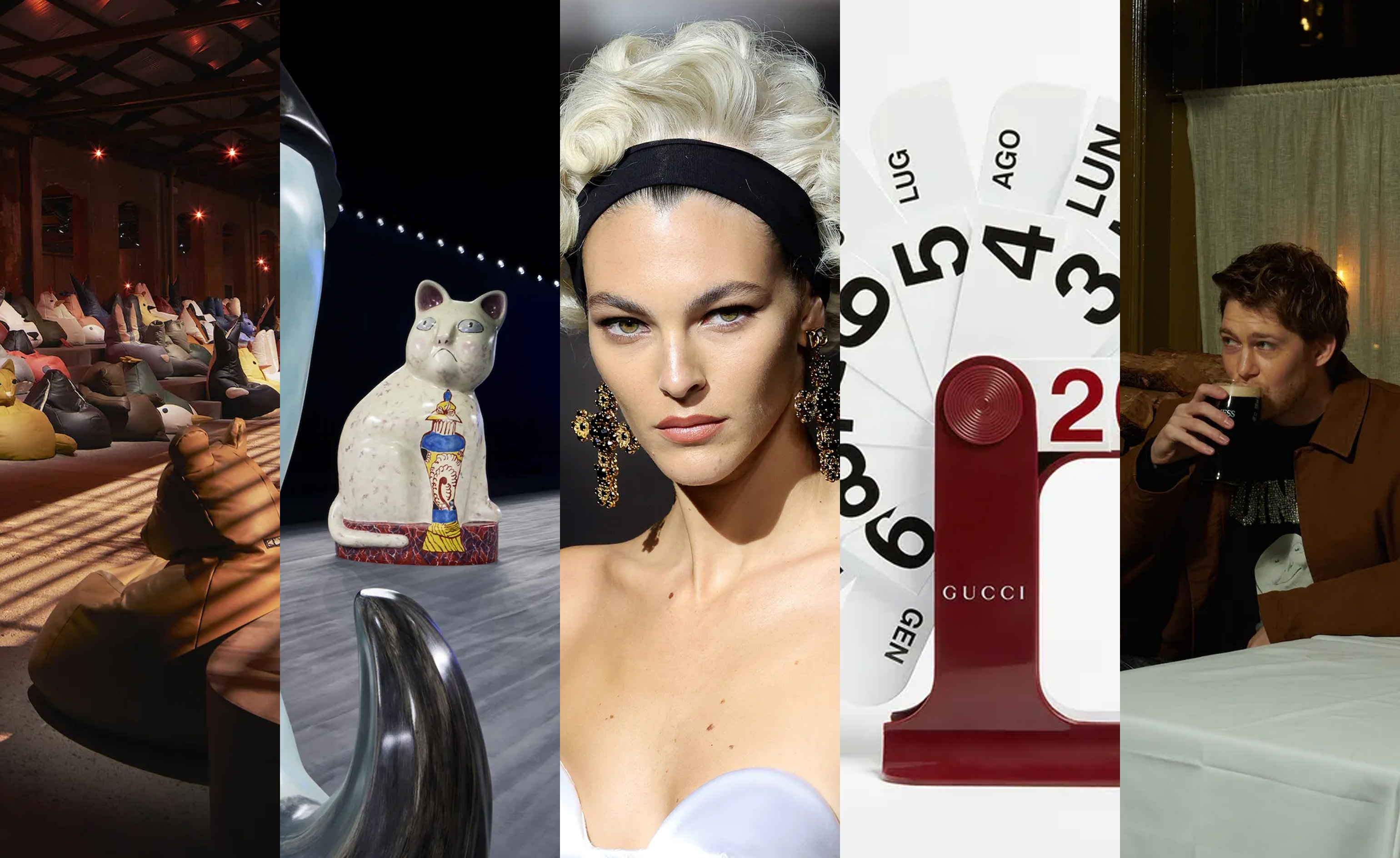 Giant cats, Madonna wigs, pints of Guinness: seven objects that tell the story of fashion in 2024
Giant cats, Madonna wigs, pints of Guinness: seven objects that tell the story of fashion in 2024These objects tell an unconventional story of style in 2024, a year when the ephemera that populated designers’ universes was as intriguing as the collections themselves
By Jack Moss
-
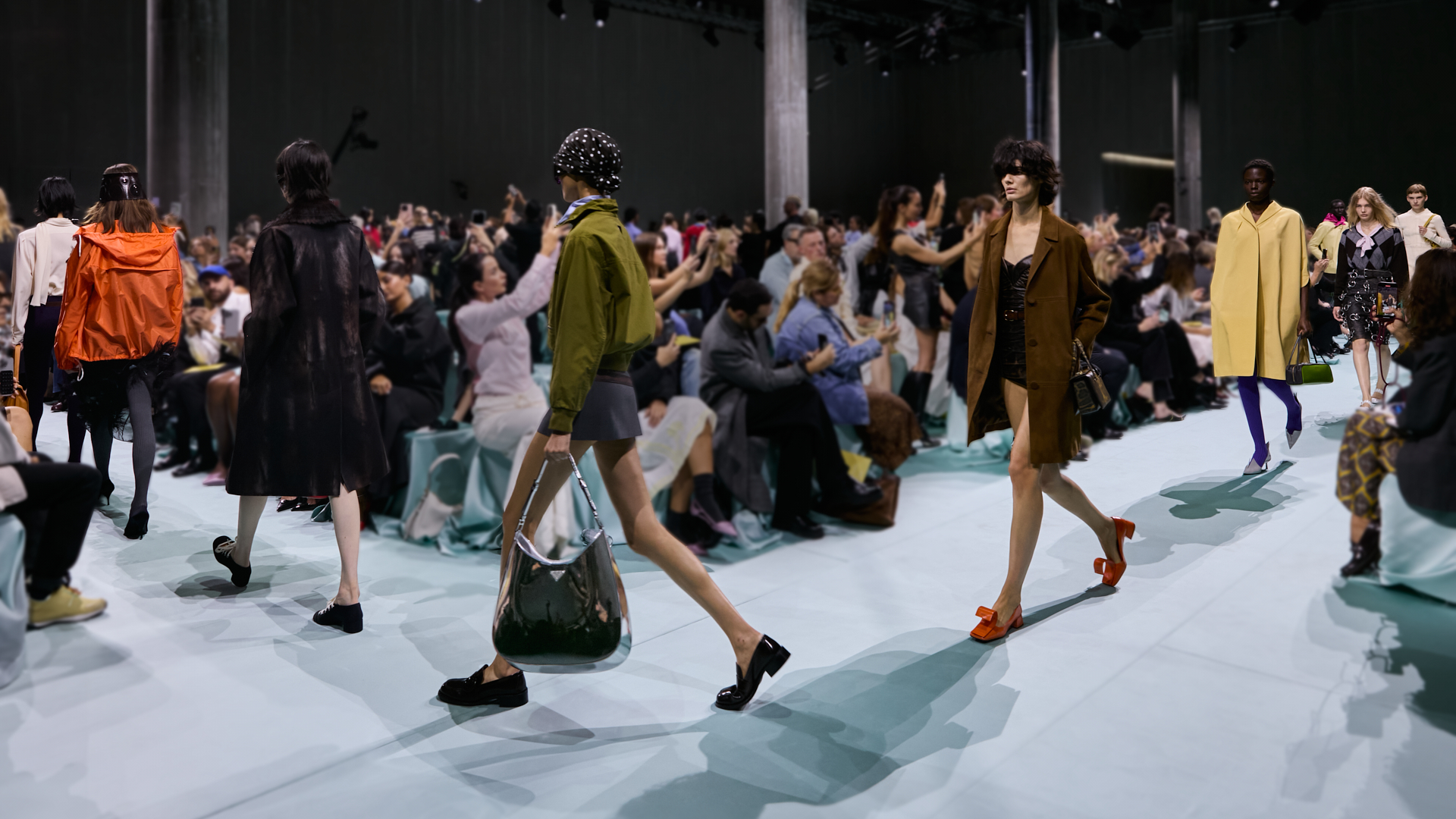 The Wallpaper* S/S 2025 trend report: ‘A rejection of the derivative and the expected’
The Wallpaper* S/S 2025 trend report: ‘A rejection of the derivative and the expected’Wallpaper* fashion features editor Jack Moss unpacks five trends and takeaways from the S/S 2025 shows, which paid ode to individual style and transformed the everyday
By Jack Moss
-
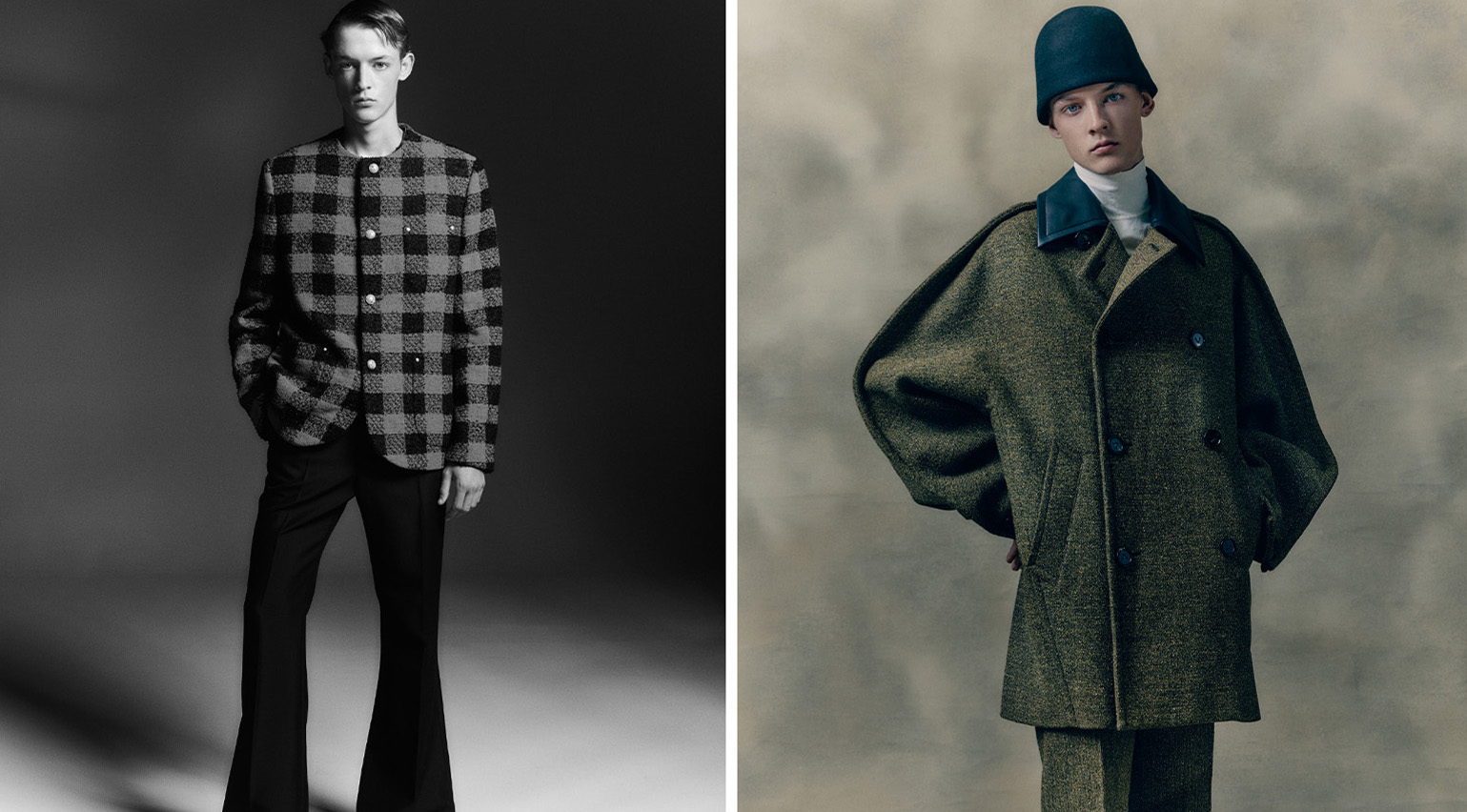 The A/W 2024 menswear collections were defined by a ‘new flamboyance’
The A/W 2024 menswear collections were defined by a ‘new flamboyance’Sleek and streamlined ensembles imbued with a sense of performance take centre stage in ‘Quiet on Set’, a portfolio of the A/W 2024 menswear collections photographed by Matthieu Delbreuve
By Jack Moss
-
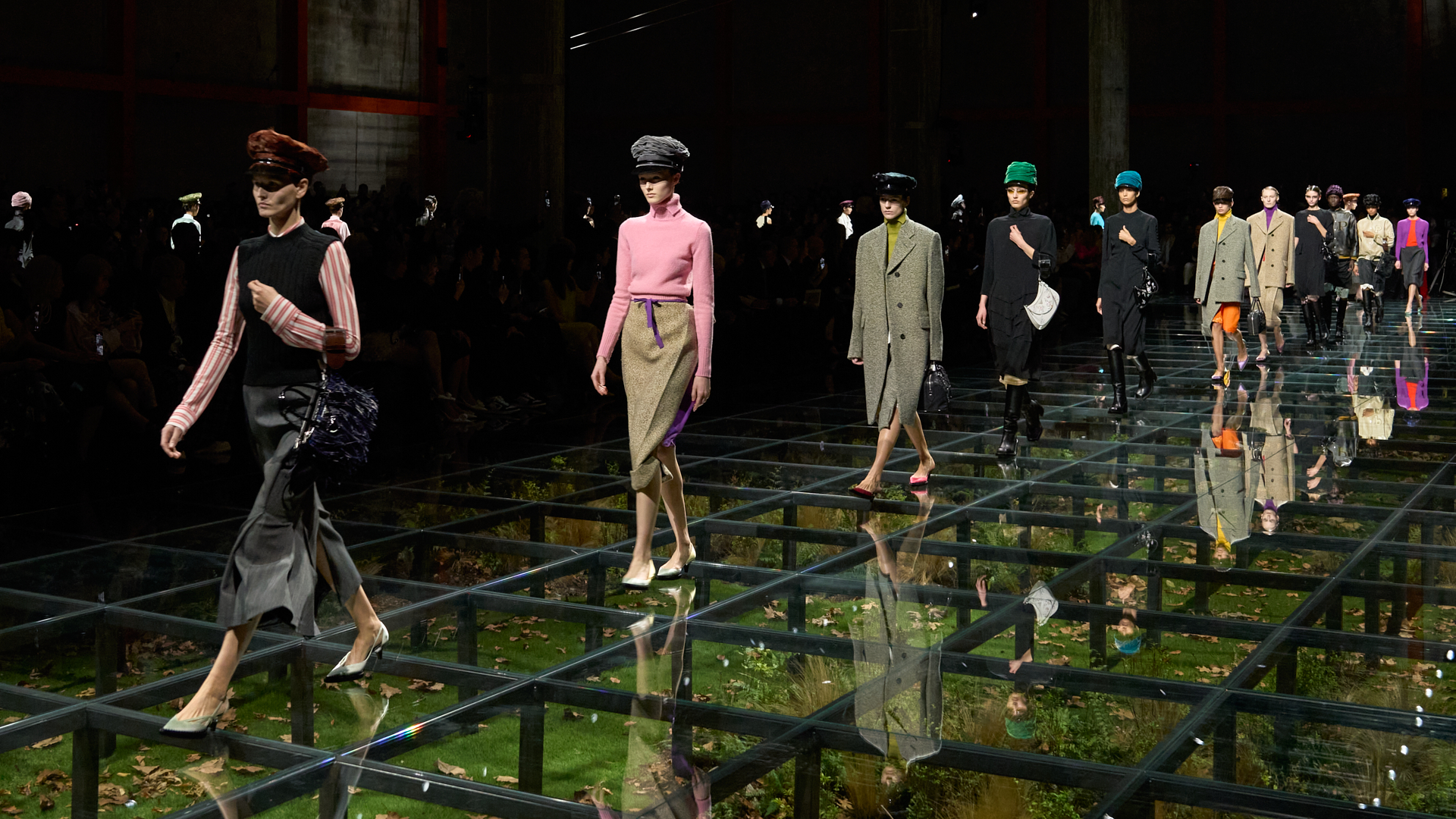 Women’s Fashion Week S/S 2025: what to expect
Women’s Fashion Week S/S 2025: what to expectNext week sees the arrival of Women’s Fashion Week S/S 2025, with stops in New York, London, Milan and Paris. Here, our comprehensive guide to the month, from Alaïa’s arrival in New York to Alessandro Michele’s Valentino debut
By Jack Moss
-
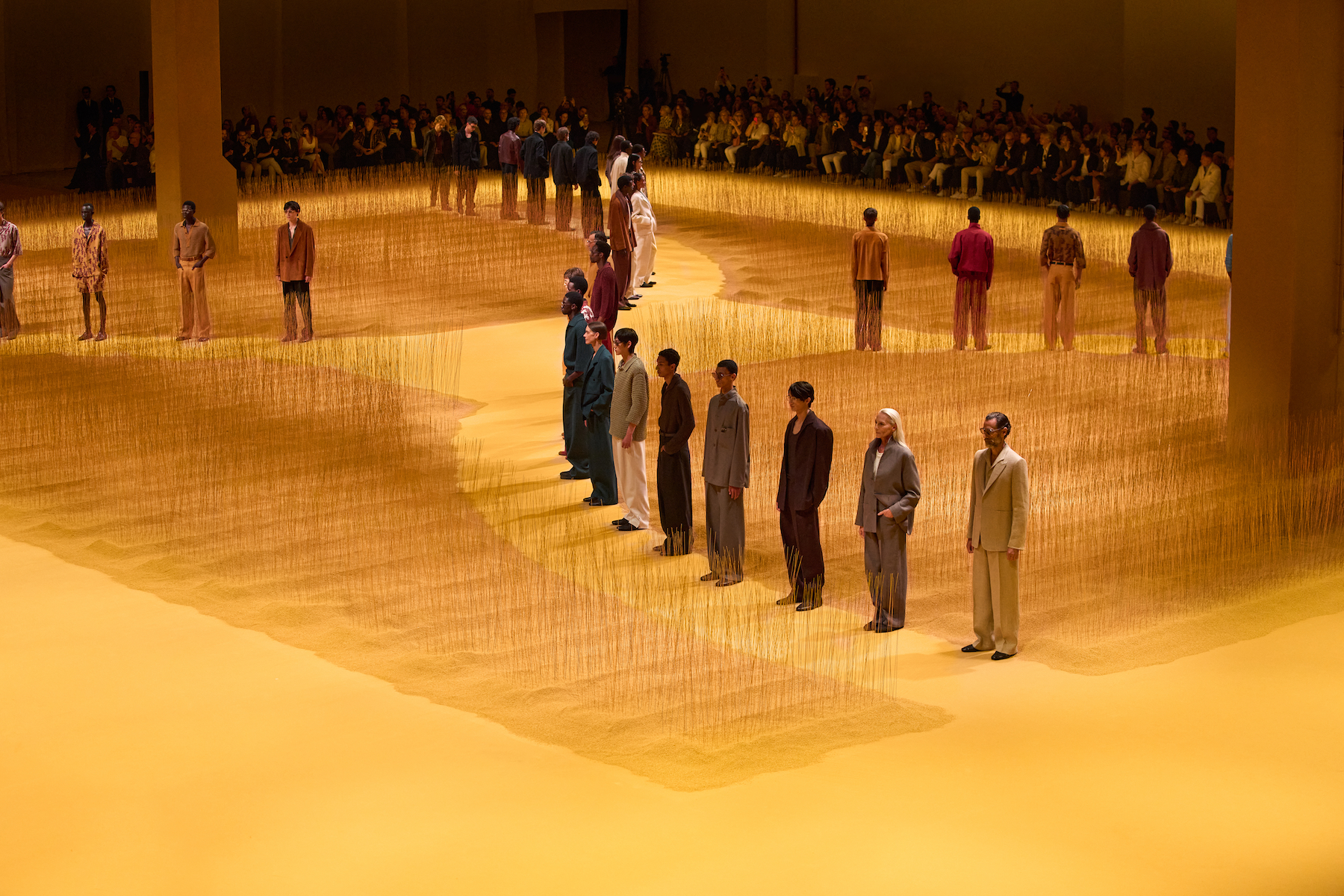 Milan Fashion Week Men’s S/S 2025 highlights: Prada to Zegna
Milan Fashion Week Men’s S/S 2025 highlights: Prada to ZegnaWallpaper* picks the best moments from Milan Fashion Week Men‘s S/S 2025, from 15 years of MSGM to Prada’s celebration of youth, and an appearance from Mads Mikkelsen at Zegna
By Jack Moss
-
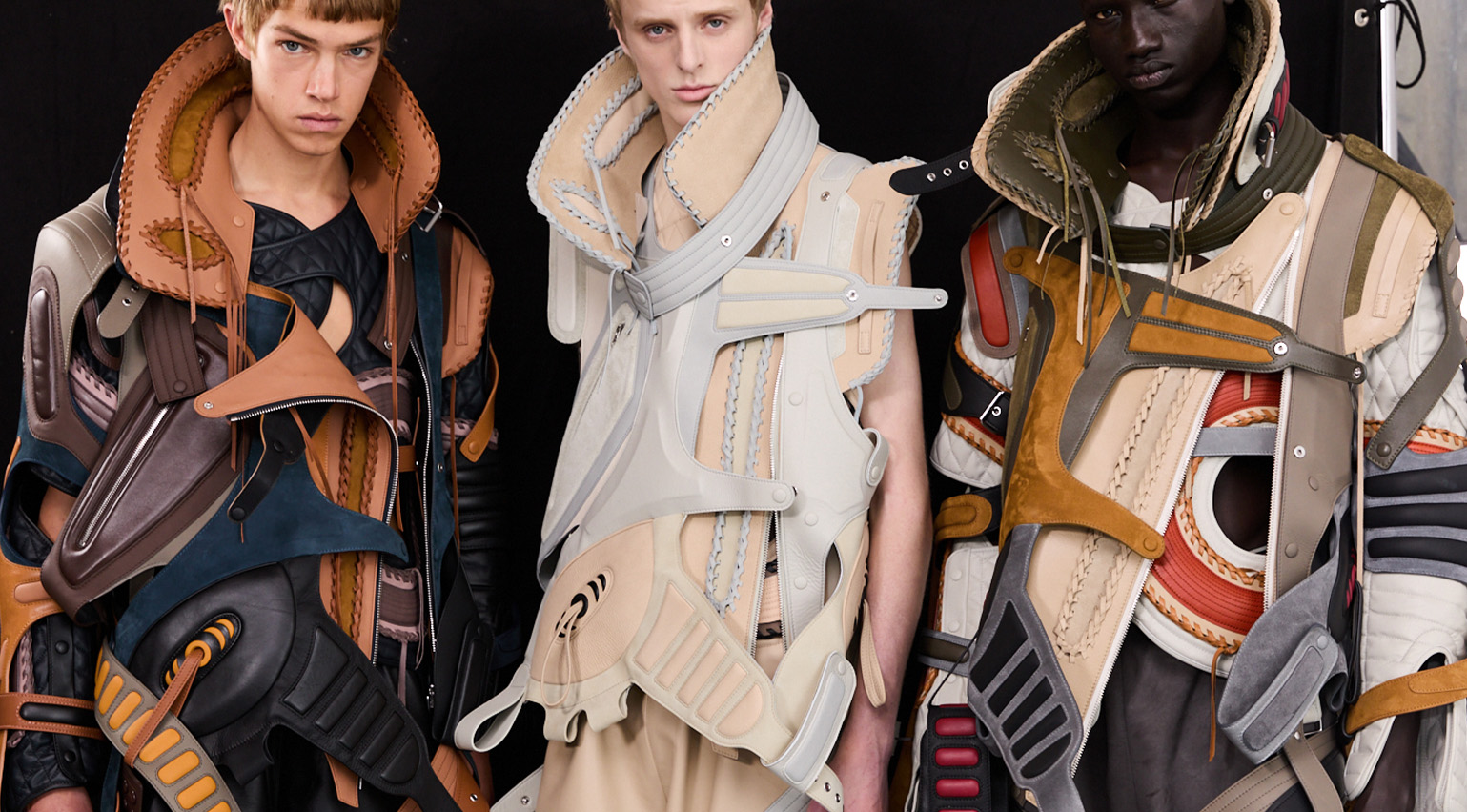 Men’s Fashion Week S/S 2025: what to expect
Men’s Fashion Week S/S 2025: what to expectBeginning this weekend, everything we know about Men‘s Fashion Week S/S 2025 so far, from Dries Van Noten’s final show in Paris to an intimate Craig Green presentation in London
By Jack Moss
-
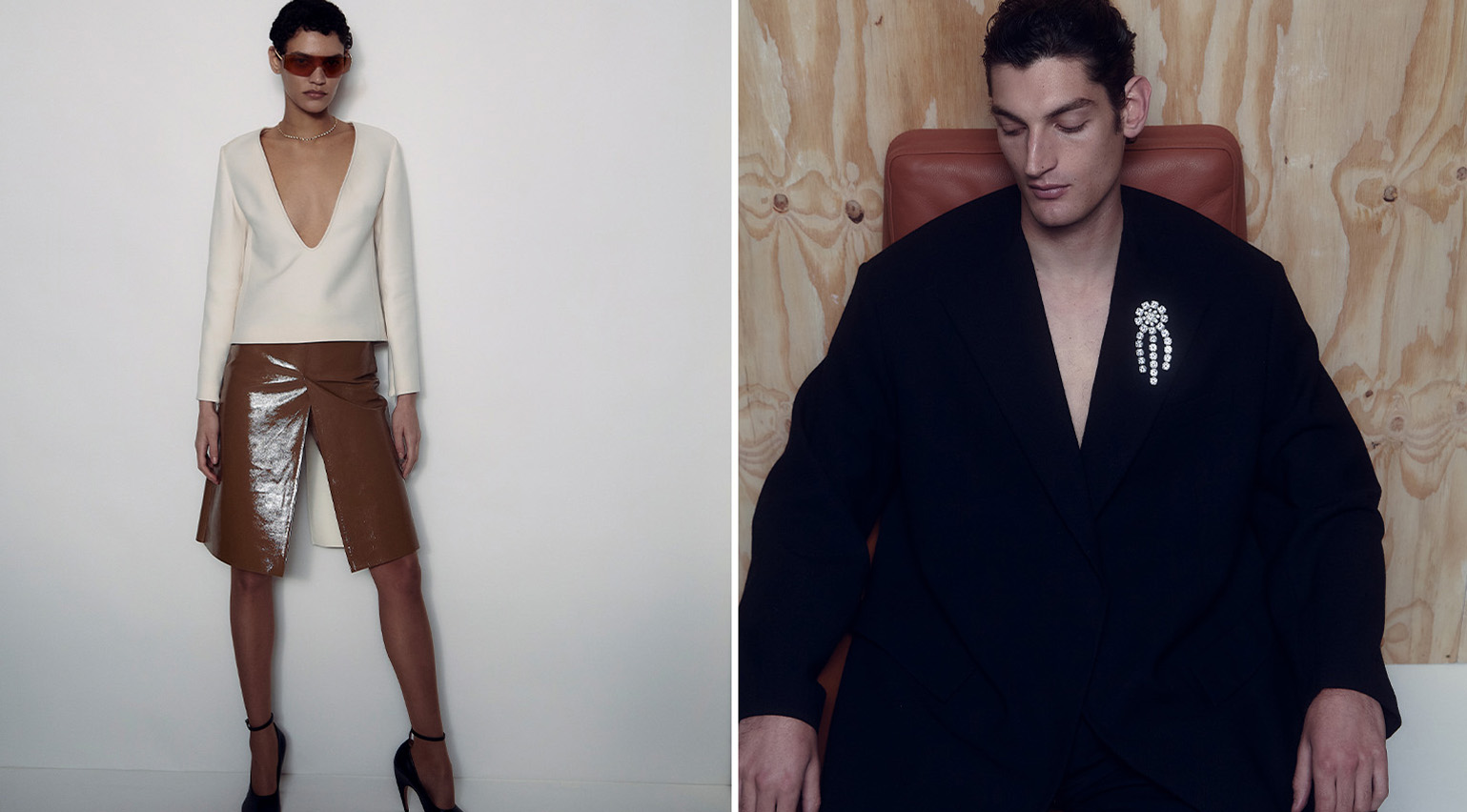 Best in shows: Wallpaper* picks S/S 2024’s standout looks
Best in shows: Wallpaper* picks S/S 2024’s standout looksAs part of Wallpaper’s Design Awards 2024 issue, we select the winning S/S 2024 runway collections – and their defining looks – at the start of a new season in style
By Jack Moss
-
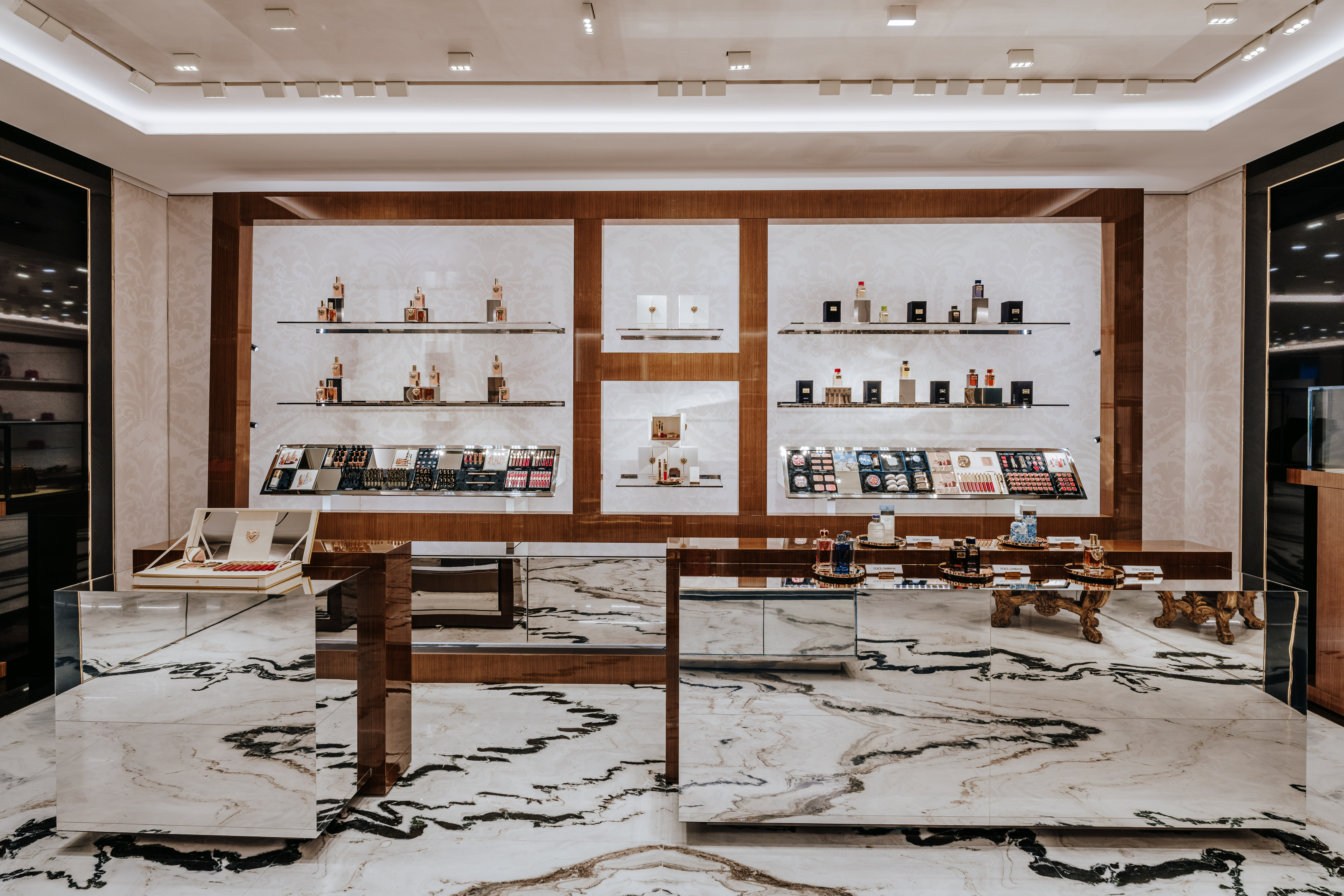 Dolce & Gabbana continues its new chapter with a London space devoted to beauty
Dolce & Gabbana continues its new chapter with a London space devoted to beautyDolce & Gabbana opens a new beauty corner inside its lavish Old Bond Street store
By Hannah Tindle